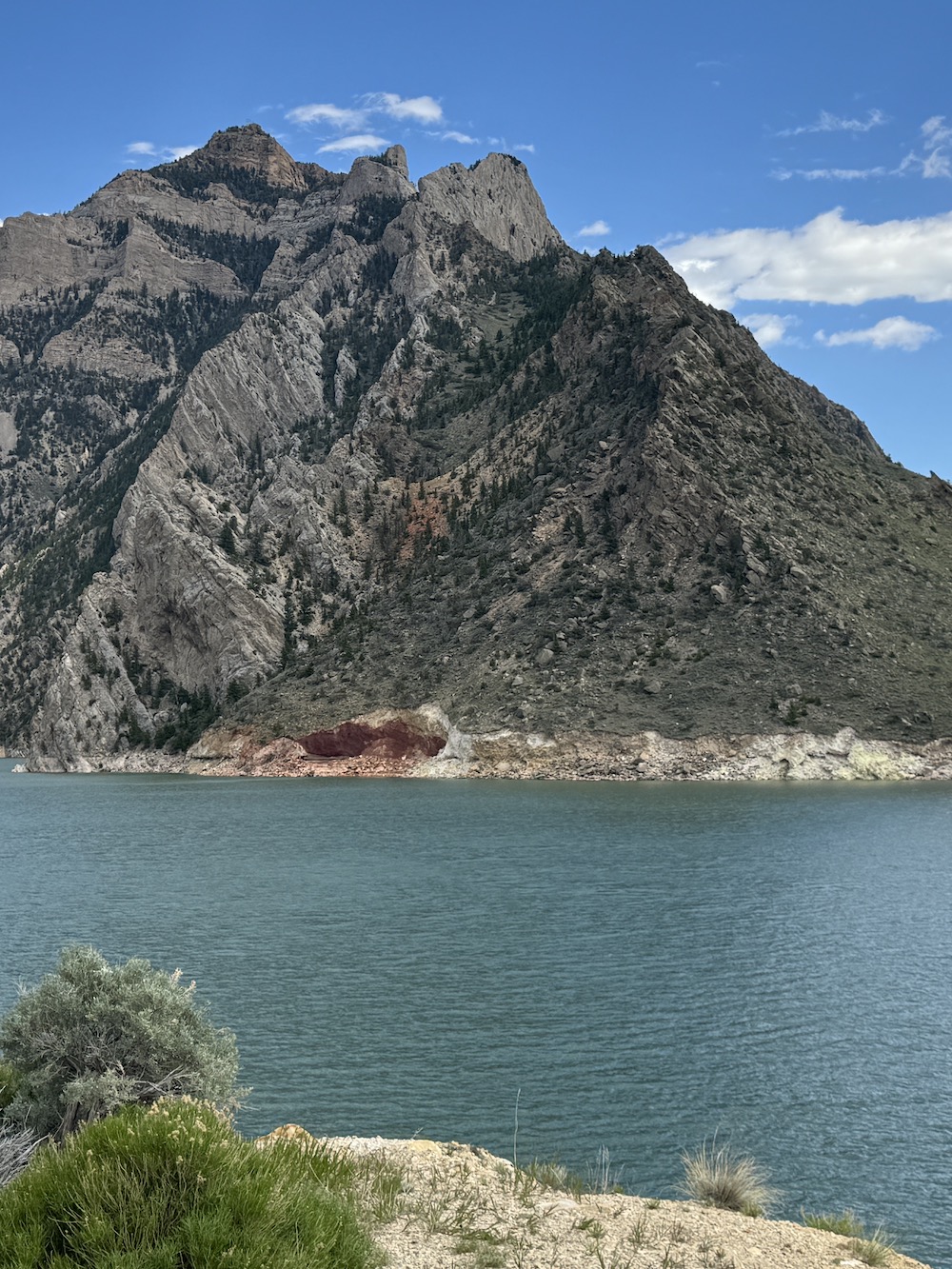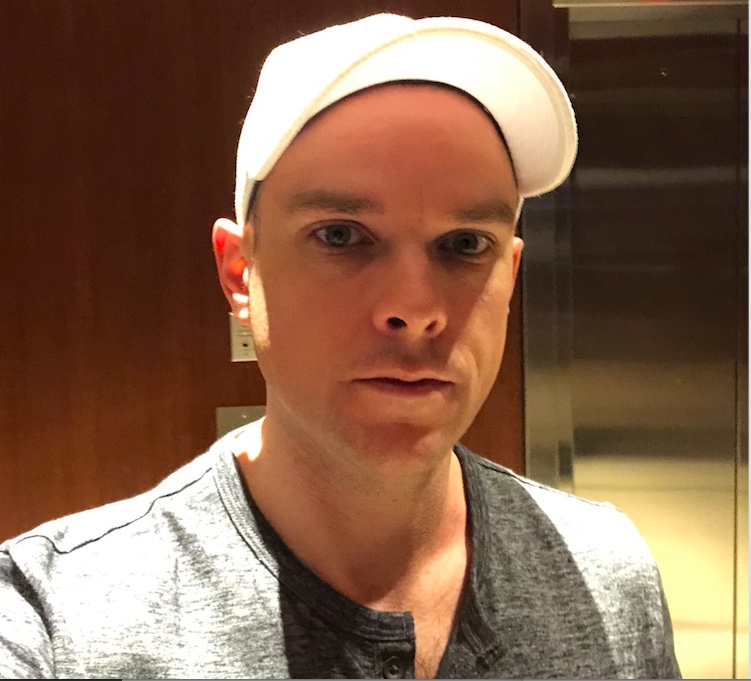
Nature Channel, Spatial Shares
Publisher
Copyright © 2024 by Mattanaw. All Rights Reserved.
Publisher: PlaynText Location: Tempe, Arizona
PlaynText is dedicated to the publication of high quality journal publications issued in premium book format, as book/journal hybrids. Each publication is intended to be an illustration, potentially, of the maximum and least-inhibited use of free thought and free expression.
Copying, distributing, plagiarising, processing, storing, and serving the contents of this book is a violation of intellectual property, unless otherwise indicated by the copyright holder elsewhere, as it relates to this specific issue of the Book and Journal of Mattanaw. For permission to use any contents of this book, please contact the author at http://mattanaw.org/com.html.
Published by PlaynText, Inc, companies wholly owned by the author, Mattanaw, Mattanaw, (formerly “Christopher Matthew Cavanaugh”).
Printed in Tempe, Arizona, in the United States of America.
Published and printed by PlaynText, an imprint of PlaynText, Inc.
The Publisher is not responsible for the content of others produced on websites, applications, social media platforms, or information related storage or AI systems. The processing of this Book and Journal by an AI System is prohibited.
Library of Congress Control Number (pending)
Library of Congress ISSNs: 2998-713X (Online), 2998-7121 (Print)
Author
Artist/Author: The Honorable Dr.9 Mattanaw, Christopher Matthew Cavanaugh, Retired
Interdisciplinarian with Immeasurable Intelligence. Lifetime Member of the High Intelligence Community.6
- Masters Business & Economics, Harvard University (In Progress)
- Attorney, Pro Se, Litigation, Trial, Depositions, Contracts (E.g. State of Alaska v. Pugh, et. al., Alaska Superior and Supreme Courts)4
- B.S. Psychology, University of Maryland, 4.0, Summa Cum Laude1
- B.S. Computer & Information Science, University of Maryland, 3.91, Magna Cum Laude2
- B.A. Philosophy, University of Maryland.3
- G.E.D., State of Maryland, Montgomery County, 1999.
- Lifetime Member of the High Intelligence Community, Mensa Lifetime Member
Former Chief Architect, Adobe Systems
Current President/Advisor, Social Architects and Economists International.
CEO PlaynText | CEO PlainText
Contact:
Resumé
Contents
Edit History
- First published: Friday, December 31st, 2021
Introduction
This page consists of the spatial recordings of the Author’s autobiography, which includes writing, nature videos, and photography. The initial version of this page was solely to share the Author’s nature videos which exist on his YouTube channel, which is focused mainly on landscapes and is intended to provide something soothing to watch; it’s a way to have beautiful natural locations where one happens to be. For my own purposes, my intention was to use these videos to remind myself of the national parks and other locations I’ve visited in my travels, and also to have something positive to see in my environment that’s better than what is provided on television.
As part of the author’s living autobiography, the intention is to include recordings of natural surroundings and spaces the author has been exposed to in his experiences. A written autobiography would be incomplete, if it did not include the photo album and video album of special sights, that have been recorded by the author himself.
Other experiential photos and videos appear also on his social recordings portion of his autobiography, and also in his complete photo albums, which include his media records for the last several decades. However, the way of presenting those materials is more concerned with archiving and sharing things in a social mindset of lower quality (social channels reduce the quality), while here the intention is to share materials of higher quality that are specifically about nature or various spaces the author finds himself in.
Other pages in the living autobiography:
- Thinking Shares (aka ThoughtStream)
- Experience Shares (aka SocialNuggets)
- Bodily Shares (aka OpenHealth)
- Spatial Shares (also Nature Shares)
- Learning Shares (also Reading)
- Writing Shares (also Site History)
When the author first began taking photographs, he never wanted to be in them. This was when he was a young teen, first taking photos of landscapes. If it came from his camera, he wanted it to be representative of what he was seeing, and true concerning his experiences. Taking photos of oneself is not entirely is including experiences which are not had. At that time, there was a strong aversion to having photos of himself from his camera, although he could include others he was seeing.
Later, after starting a relationship with his now ex-wife, he started regularly taking photos of himself with her, together, on film initially. Later on a somewhat early model digital camera (already of good quality however), the sony cd mavica, that recorded photos on mini-disc, which were small compact disks. This was the only camera type the author was willing to buy, because at the time it was the only one that had a good capacity at a reasonable price to store large amounts of photos, which is really the big benefit of digital photography. Suddenly there was an ability to take many photos and not a few. Earlier there was a big limitations in that film was expensive, and time consuming to get processed, and you would run out. Using a compact disk there was plenty of space for many photos on a cheap medium. Using this camera, and earlier film the author would take photos of himself, and recognized, that later, after the photos were created, he would experience himself then, via the photos. So the true experience of the self was the experience of the photos of himself afterwards. Furthermore, it is very nice especially in retrospect, to have photos of the self to have a record of one’s appearance. Nowadays, he wonders if selfies are not preferable to photos of other people. On social media people spend quite a lot of time sharing videos and photos of themselves without anyone else participating. It appears to be the primary interest, to share information about oneself and what one is doing even if one is not directly seeing oneself. However, now the camera points towards the user with a screen directly on the phone, so one sees oneself while one captures photos. The earlier concern is not as applicable nowadays. The records created by others about their behaviors and appearances are really interesting, and create a living autobiography of sorts for themselves, unfortunately not really entirely in their possession. Part of the purpose of this living autobiography is to provide and example of what is possible regarding having a completely organized digital property containing all files and digital assets that are in one’s possession, without risk of losing files, or excessive dependency on others to maintain files. This website contains more than 50,000 images, and at the time of writing this, less than approximately 400 print photos exist which require scanning or photographing, or otherwise digitizing, to include on the site. Once that is complete, there is nothing that he owns in terms of photographs (and soon documents too), that are not on this website.
The author has also written the software for managing all the files and for publishing this website. He is a former software architect that has guided global enterprises, and has been trusted with digital strategies for brands that are well known to everyone. His intention is to provide a software example, and example working living autobiography, that may enable others to have similar successes with having and owning their digital possessions, and for being able to feel they can be open and honest with their experiences, sharing their various video and image productions without worry or concern. There is much more to this that is shared elsewhere on this site, but a purpose here is to indicate that this site is intended for personal utility, but also potentially, to support the goals of others in having open living autobiographies. The other purpose, of course is to communicate the author’s work on ethics and moral philosophy that he’s been working on for over twenty years.
Notes
1: References to nations are done in small caps, because of the bias that exists in giving excess respect automatically, and due to promotion of nationalism.

I am a retired executive, software architect, and consultant, with professional/academic experience in the fields of Moral Philosophy and Ethics, Computer Science, Psychology, Philosophy, and more recently, Economics. I am a Pandisciplinarian, and Lifetime Member of the High Intelligence Community.
Articles on this site are eclectic, and draw from content prepared between 1980 and 2024. Topics touch on all of life's categories, and blend them with logical rationality and my own particular system of ethics. The common theme connecting all articles is moral philosophy, even if that is not immediately apparent. Any of my articles that touch on "the good and virtuous life" will be published here. These articles interrelate with my incipient theory of ethics, two decades in preparation. This Book and Journal is the gradual unfolding of that ethic, and my living autobiography, in a collection of individual books that fit into groups of book collections.
This Book and Journal is already one of the largest private websites and writings ever prepared, at nearly 1 million words, greater than 50,000 images and videos, and nearly one terabyte of space utilized. The entire software architecture is of my creation. Issues of the book for sale can be found under featured. These texts are handmade by myself, and are of excellent quality, and constitute the normal issues of my journal that can also be subscribed to. The entire work is a transparent work in progress. Not all is complete, and it will remain in an incomplete state until death.
I welcome and appreciate constructive feedback and conversation with readers. You can reach me at mattanaw@mattanaw.com (site related), cmcavanaugh@g.harvard.edu (academic related), or christopher.matthew.cavanaugh@member.mensa.org (intelligence related), or via the other social media channels listed at the bottom of the site.